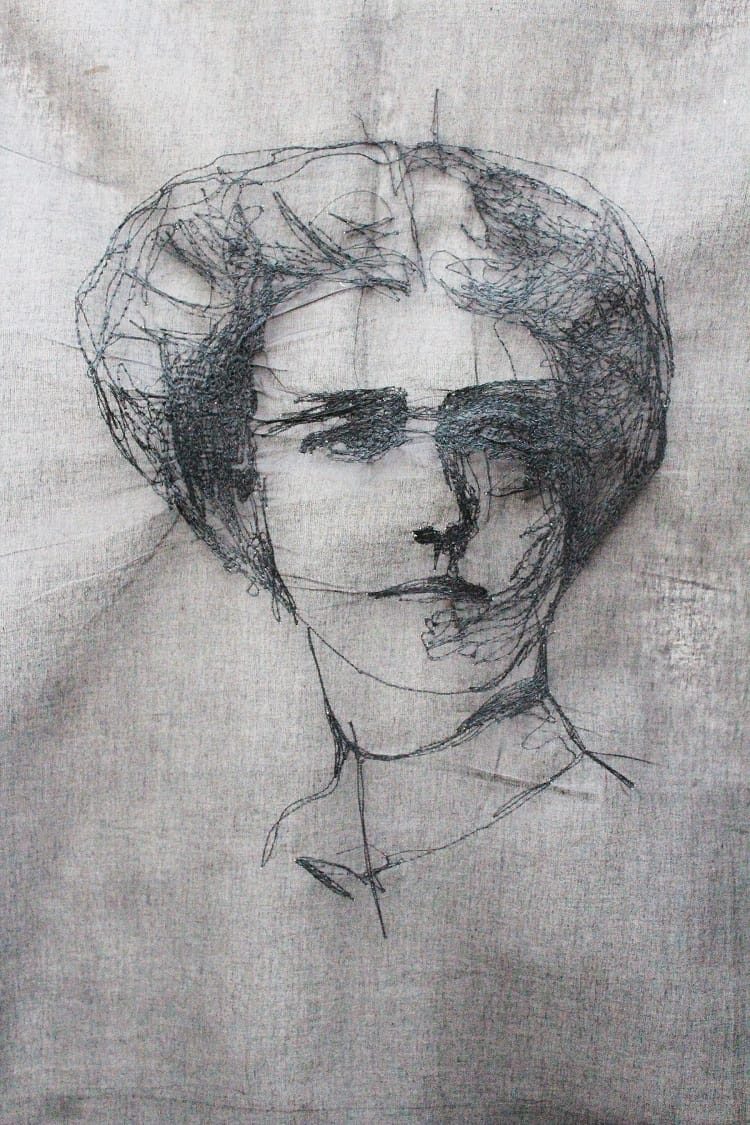What’s the best way to tell area residents about plans for a new asylum shelter nearby?
The government should tell communities directly about plans for new asylum shelters, some activists and politicians say.
In her portraits of the widows of the 1916 rising, artist Ciara Harrison seeks to capture the complex emotions of those who were left behind. This is just a detail – click through to see the whole portrait.

Kathleen Daly, from the series Shadowed Women
By Ciara Harrison
Cotton organdy, thread, copper
Seven panels of 0.5m x 1m
1. This work is about . . . The collection features seven portraits focusing on the wives of prominent rebel leaders. These delicate and sensitive works give recognition to the commitment, sacrifice, intellect, bravery and loyalty of the women who lived in the shadows of the 1916 Rising. The personal narratives of these women have been marked in Sinead McCoole’s Easter Widows (2014), which details the stories of seven couples and the subsequent lives of the women after the losses of their husbands.
2. I made this work because . . . I wanted to visually commemorate the survivors of the Rising. The situation for many women who were widowed after the fighting was dire. The death of their spouse resulted in the loss of their household’s income. Many were left in financial and emotional turmoil. I wanted to expose this aspect of the Rising – the human, emotional side for those remaining or left behind.
3. I hope when people see this work they will . . . reflect on the lives of these women and other survivors of the Rising. The detail in the work can only be seen on close examination. This encourages the viewer to spend time with each woman, as they become more than just wives of rebel leaders: examples of human strength and sensitivity in the face of adversity.
4. In terms of art history, this work . . . is historical in theme. The portraits are produced on a delicate, paper-like fabric called cotton organdy. The portraits are inspired by charcoal drawings I created of each woman, and these drawings are then transferred to the fabric with the use of a sewing machine. The machine stitching, rather than hand stitching, replicates the energy and movement of the charcoal drawings, giving life to the works.
5. You can see my work . . . in the Little Museum of Dublin until April 2016 or at www.ciaraharrison.com

Curios [sic] About is a series featuring works by Dublin artists, curated for us by our friends at the Square in the Circle blog, and hosted there as well as here.
Each artist is asked to submit an image of one work and answer a set of questions about it. We’d love it if you’d submit something you’ve made.